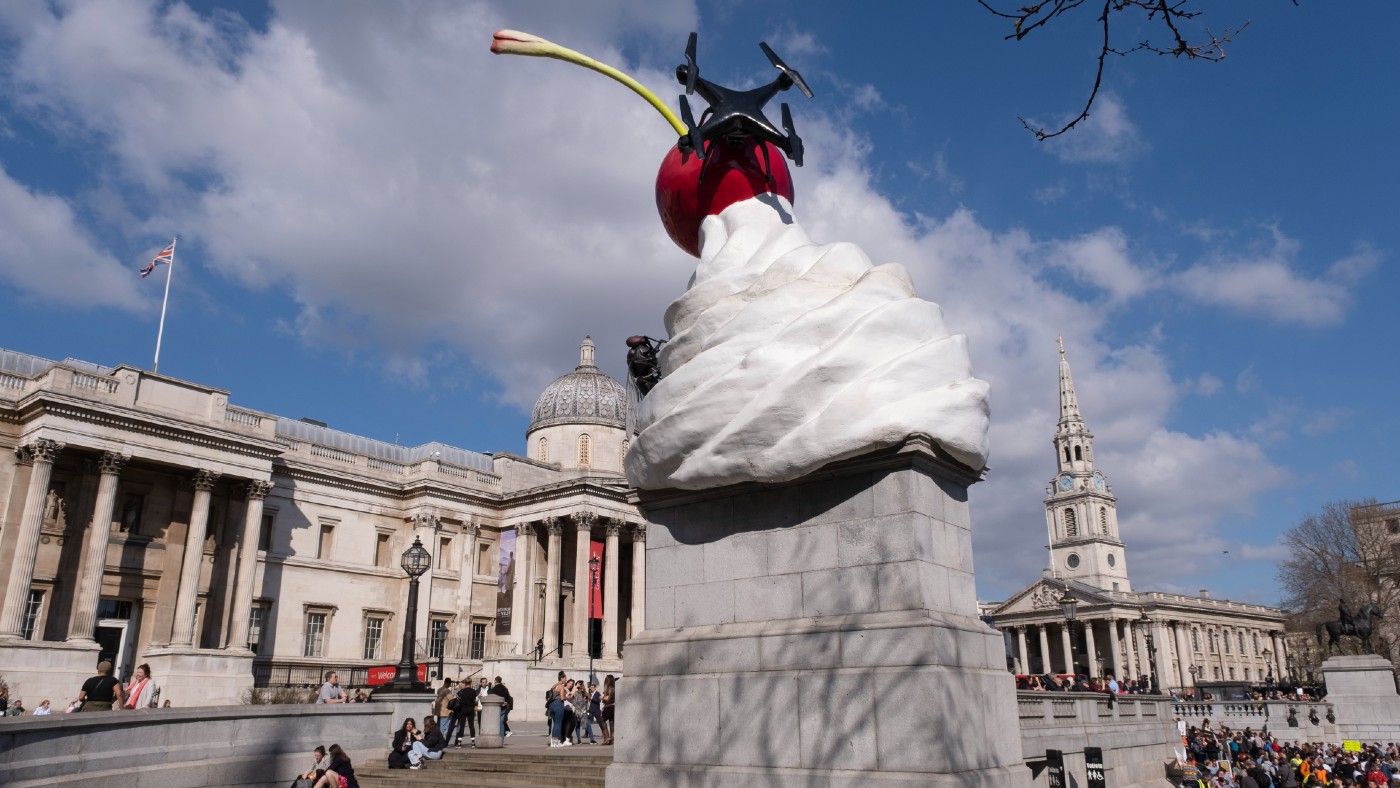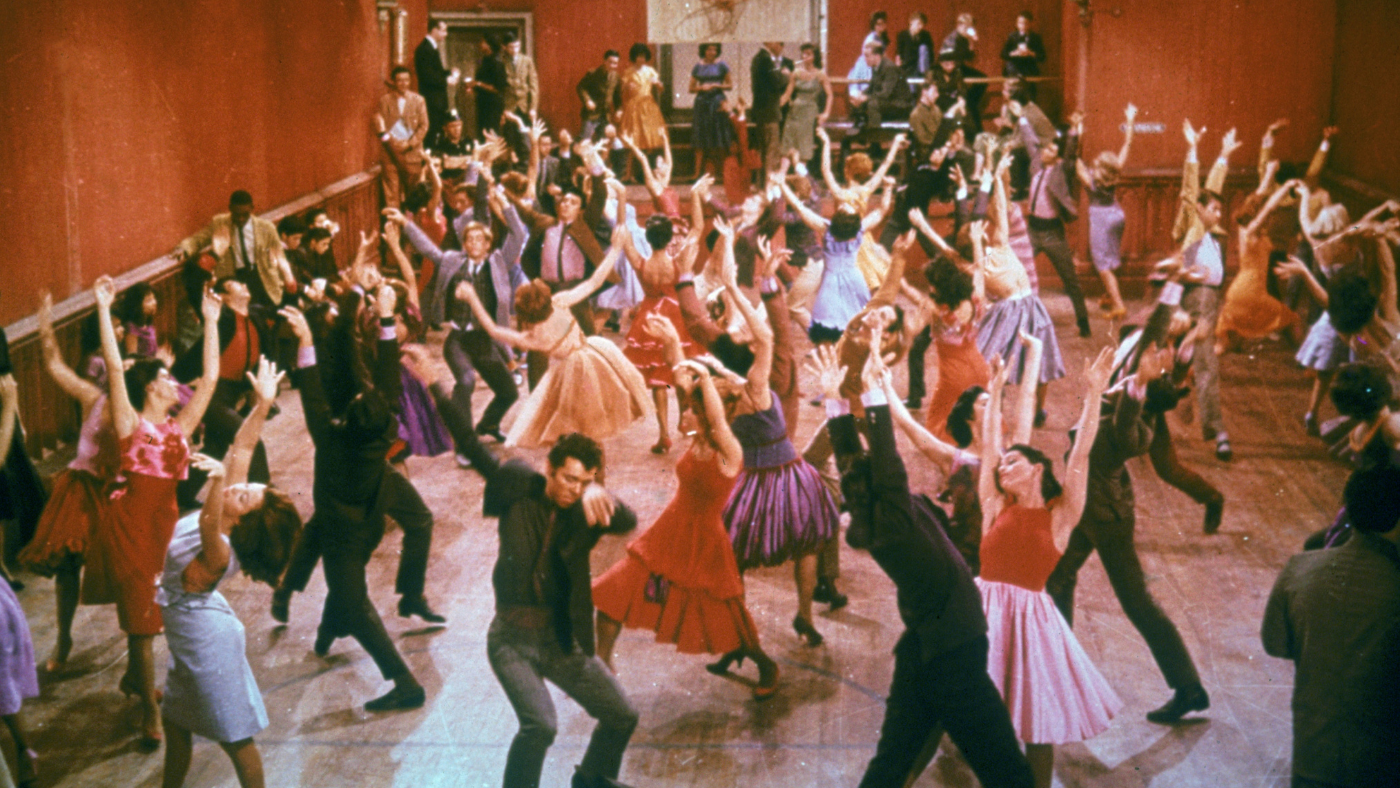Shigeru Ban unveils plans for world's tallest timber hybrid structure
Award-winning Japanese architect is using an eco-friendly timber frame for his bold new building in Canada

Japanese architect Shigeru Ban is designing a residential tower in Canada tipped to be the largest timber hybrid structure in the world.
The building, which will feature a timber frame supported by a concrete and steel core, will be built along the waterfront in central Vancouver. Further details of the build are due out later this year, but a rendering reveals a glass-clad structure with an elegant, sloped roof.
Architectural Digest says the bold build is on course to "set a new standard" in luxury urban design, sustainability and engineering innovation.
The Week
Escape your echo chamber. Get the facts behind the news, plus analysis from multiple perspectives.

Sign up for The Week's Free Newsletters
From our morning news briefing to a weekly Good News Newsletter, get the best of The Week delivered directly to your inbox.
From our morning news briefing to a weekly Good News Newsletter, get the best of The Week delivered directly to your inbox.
Developers are keen to highlight the building's environmental credentials. "Timber has been gaining popularity as a building material for high-rises, with proponents emphasising its lightness and sustainability as well as its ability to reduce carbon emissions," says the magazine.
The timber will also be sourced locally from British Columbia in order to further minimise the carbon footprint.
Ban, who is well known for his work with wood and cardboard, was named the winner of the 2014 Pritzker prize, the highest accolade in architecture. He now splits his time between his offices in Tokyo, Paris and New York.
He has also made a name for himself through his humanitarian work, building creative structures in disaster zones around the world, including a temporary cathedral in earthquake-hit New Zealand.
A free daily email with the biggest news stories of the day – and the best features from TheWeek.com
"Receiving this prize is a great honour and with it, I must be careful," he told The Guardian after winning the award. "I must continue to listen to the people I work for, in my private residential commissions and in my disaster relief work.
"I see this prize as encouragement for me to keep doing what I am doing – not to change what I am doing, but to grow."
-
 The diminishing power of willpower
The diminishing power of willpowerIn the Spotlight ‘Try harder’ attitude may not be the best way to achieve long-term goals
-
 Greenland, Colombia, Cuba: where is Donald Trump eyeing up next?
Greenland, Colombia, Cuba: where is Donald Trump eyeing up next?Today's Big Question Ousting Venezuela’s leader could embolden the US administration to exert its dominance elsewhere
-
 Wilde Cambridge: home-away-from-home in a prime city spot
Wilde Cambridge: home-away-from-home in a prime city spotThe Week Recommends This laid-back aparthotel is the perfect base for a weekend of exploring
-
 Sport on TV guide: Christmas 2022 and New Year listings
Sport on TV guide: Christmas 2022 and New Year listingsSpeed Read Enjoy a feast of sporting action with football, darts, rugby union, racing, NFL and NBA
-
 House of the Dragon: what to expect from the Game of Thrones prequel
House of the Dragon: what to expect from the Game of Thrones prequelSpeed Read Ten-part series, set 200 years before GoT, will show the incestuous decline of Targaryen
-
 One in 20 young Americans identify as trans or non-binary
One in 20 young Americans identify as trans or non-binarySpeed Read New research suggests that 44% of US adults know someone who is transgender
-
 The Turner Prize 2022: a ‘vintage’ shortlist?
The Turner Prize 2022: a ‘vintage’ shortlist?Speed Read All four artists look towards ‘growth, revival and reinvention’ in their work
-
 What’s on TV this Christmas? The best holiday television
What’s on TV this Christmas? The best holiday televisionSpeed Read From films and documentaries to musicals for all the family
-
 Coco vision: up close to Chanel opticals
Coco vision: up close to Chanel opticalsSpeed Read Parisian luxury house adds opticals to digital offering
-
 Abba returns: how the Swedish supergroup and their ‘Abba-tars’ are taking a chance on a reunion
Abba returns: how the Swedish supergroup and their ‘Abba-tars’ are taking a chance on a reunionSpeed Read From next May, digital avatars of the foursome will be performing concerts in east London
-
 ‘Turning down her smut setting’: how Nigella Lawson is cleaning up her recipes
‘Turning down her smut setting’: how Nigella Lawson is cleaning up her recipesSpeed Read Last week, the TV cook announced she was axing the word ‘slut’ from her recipe for Slut Red Raspberries in Chardonnay Jelly